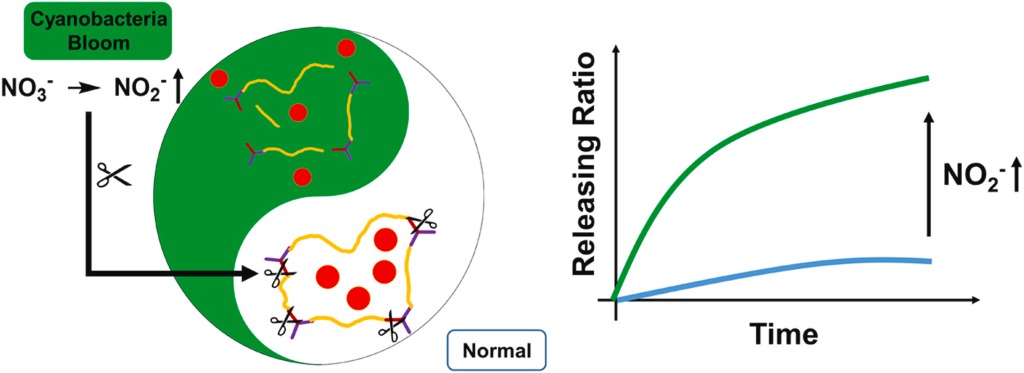
Authors
Beat Oertli, Kirsten M. Parris
Many cities around the world are expanding and this trend in urbanization is expected to sharply increase over coming decades. At the same time, the integration of green and blue spaces is widely promoted in urban development, potentially offering numerous benefits for biodiversity. This is particularly relevant for urban waterbodies, a type of ecosystem present in most cities. However, site managers often lack the knowledge base to promote biodiversity in these waterbodies, which are generally created to provide other ecosystem services. To address this, our review presents guidelines for promoting biodiversity in urban ponds. We found a total of 516 publications indexed in ISI Web of Sciences related to this topic, of which 279 were retained for the purposes of our review. The biodiversity of urban ponds, measured by species richness, appears to be generally lower than in rural ponds; however, urban ponds often support threatened species. Furthermore, if well managed, urban ponds have the potential to support a much greater biodiversity than they currently do. Indeed, this review shows that a range of urban factors can impair or promote pond biodiversity, including many that can easily be controlled by site managers. Local factors include design (surface area, pond depth, banks and margins, shade, shoreline irregularity), water quality (conductivity, nutrients, heavy metals), and hydroperiod and biotic characteristics (stands of vegetation, fish, invasive species). Important regional factors include several indicators of urbanization (roads, buildings, density of population, impervious surfaces, car traffic), and the presence of other wetlands or green spaces in the surrounding landscape. We considered each of these factors and their potential impact on freshwater biodiversity. Taking into account the management measures listed in the publications reviewed, we have proposed a framework for the management of urban ponds, with guidelines to promote biodiversity and other ecosystem services, and to avoid ecosystem disservices or the creation of ecological traps. At the city scale, the biodiversity of a pondscape benefits from a high diversity of pond types, differing in their environmental characteristics and management.










